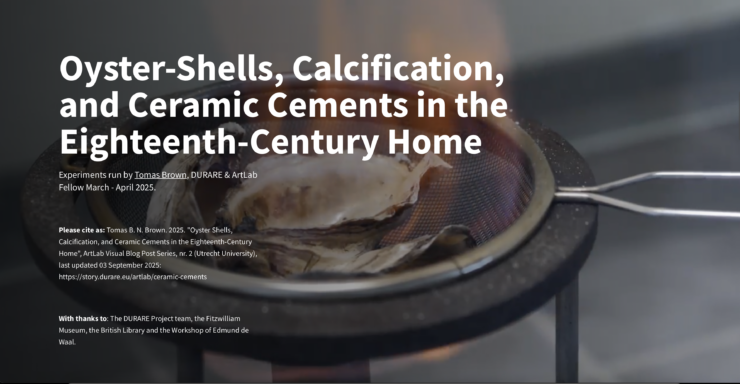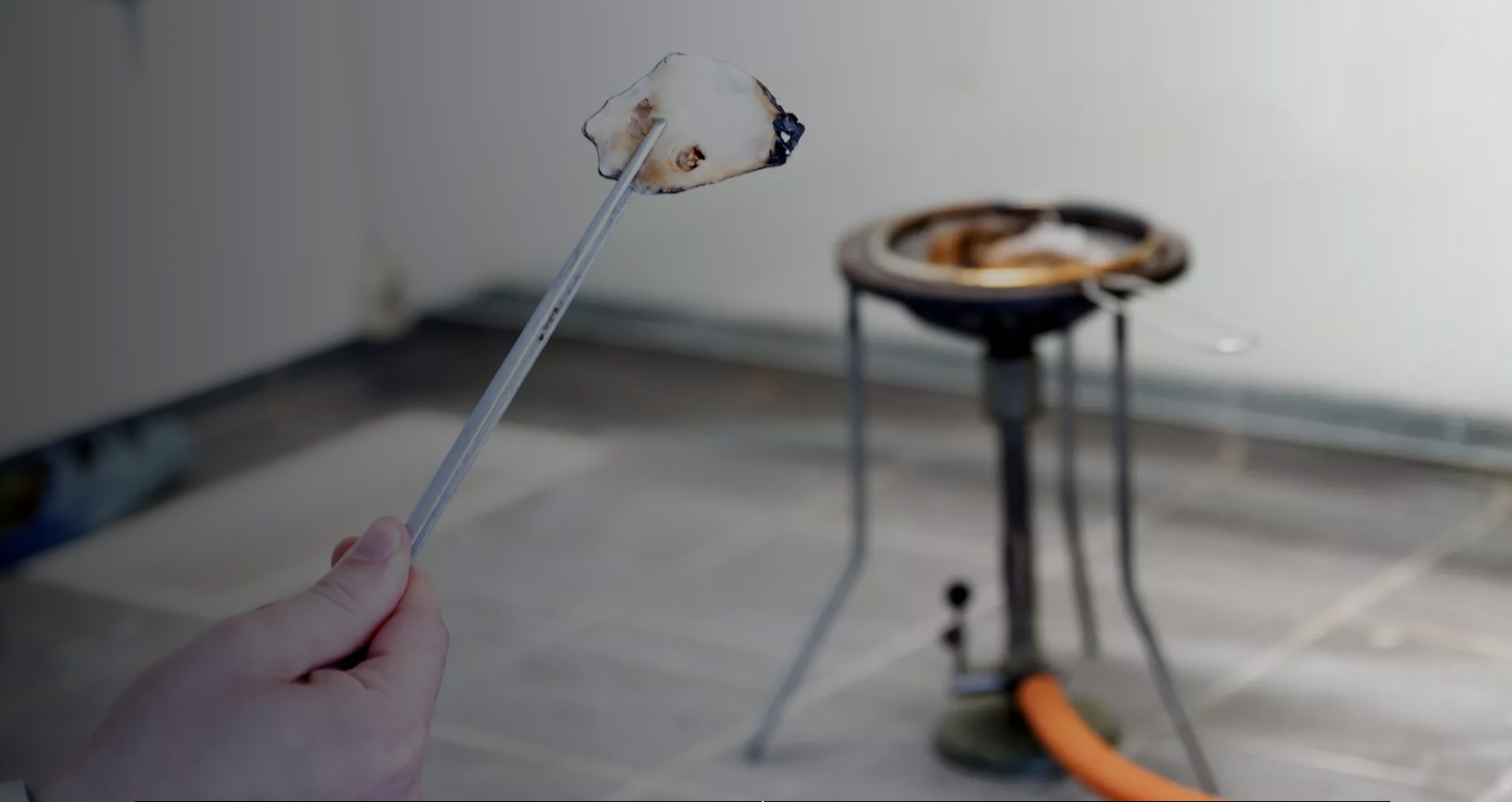Blog
Oyster-Shells, Calcification, and Ceramic Cements in the Eighteenth-Century Home
 Oyster-Shells, Calcification, and Ceramic Cements in the Eighteenth-Century Home
Oyster-Shells, Calcification, and Ceramic Cements in the Eighteenth-Century Home
by Tomas B. N. Brown
This blog post focuses on the myriad methods available to eighteenth-century British householders for mending porcelain, stoneware, and earthenware objects, goods we might consider too troublesome to repair today. It investigates ‘cements’, the homemade precursors to modern mass-produced adhesives like superglue, by enacting instructions for making one of their key ingredients, quicklime, in the home. Through reconstructive methods, the post explores lime’s vitality and cultural agency by experimenting with the domestic process of calcining oyster shells in the kitchen hearth. Revealing parallels with lime’s industrial production and use in the early British porcelain industry, it seeks to situate domestic cement recipes within broader eighteenth-century cultures of experimentation, recycling and consumption. The post is an output of a two-month fieldwork fellowship in the ArtLab with the DURARE project in early 2025, undertaken as part of a doctoral project at the University of Cambridge.

